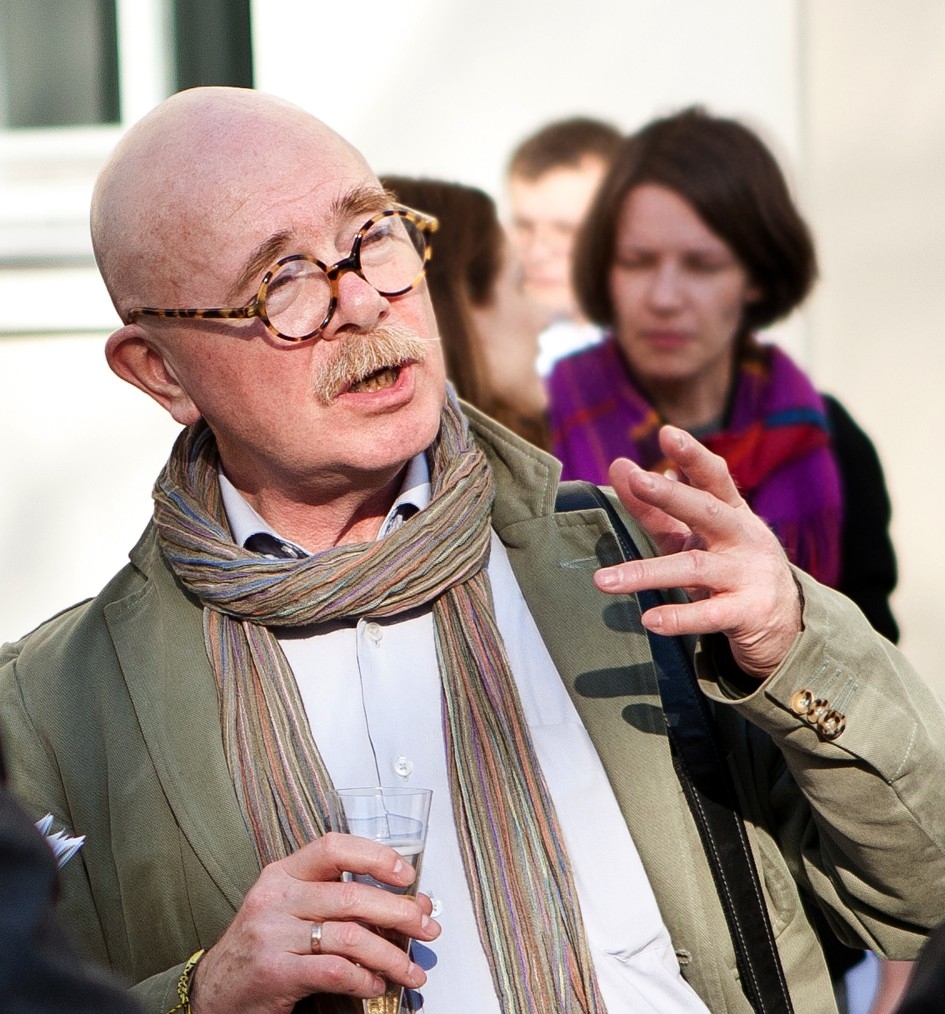The Arsenal has
belonged to the Volga branch of
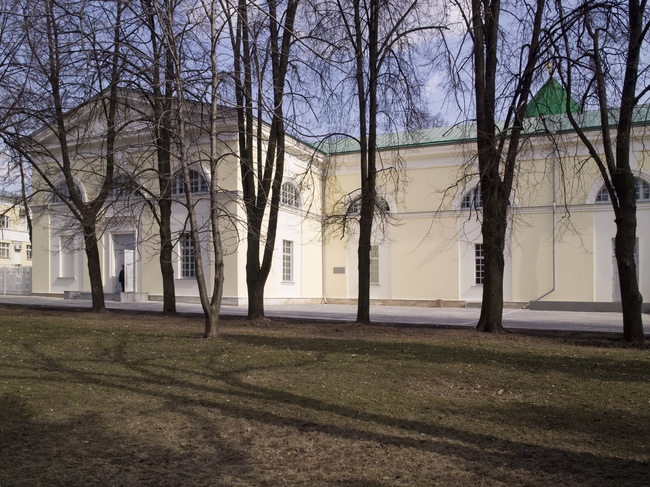
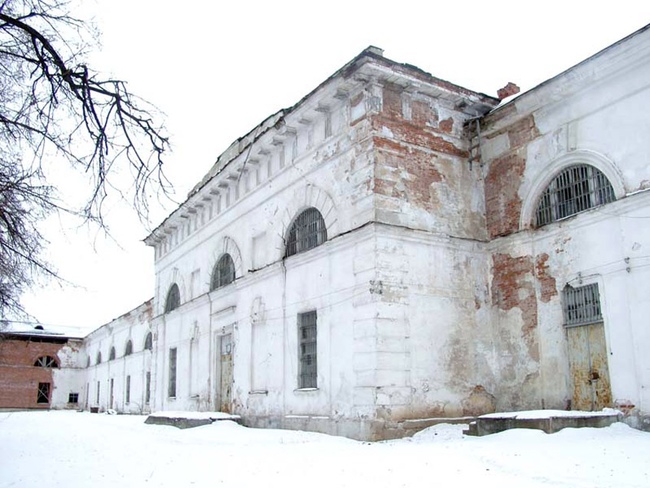
Probably, the most important thing was my desire to get to the hidden inner energy of this historical building, uncover its anatomy, strip it down to its structure and its material. And at the same time what we were looking to do was make this monument open up to today's culture so that the modern life and contemporary art would harmoniously blend into it.
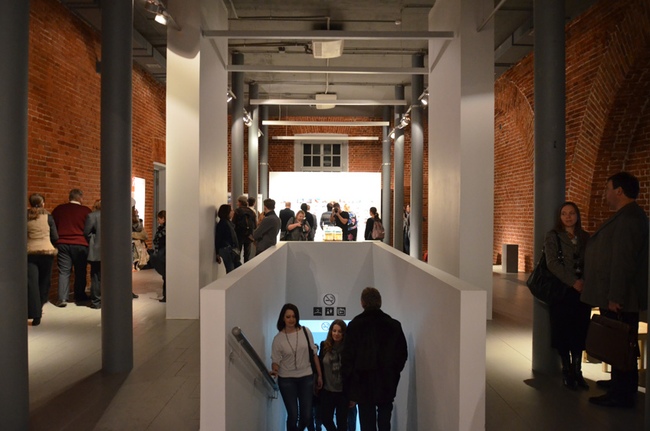
The exhibition space. Photo by Elena Petukhova
What makes this
project different from your other projects?
Well, at least the very fact that I had never done reconstruction projects before! It turned out to be an exciting kind of work. As opposed to the author design experience when you basically speak to your own self, here you always have some distant and oftentimes unpredictable vis-à-vis with whom you are engaged in an ongoing dialogue. And it is of crucial importance to find the right intonation for this dialogue. From the very start, we wanted to add a very modern twist to this historical architecture. Meaning - we wanted to avoid making it all too historical and try to replicate in our interiors the lost aesthetics of the epoch when this building was built - even though that was in fact possible. We wanted to do it in such a way that history would speak in the contemporary language; we wanted to make the architecture of the middle XIX century up to date. I think we have been a success.
This is a
wonderful feeling when you see this old building: with its details renovated
and neat stucco but once you go in this old thing turns on the modern codes. How
exactly his happens is imperceptible to the visitor but they feel that this
play was staged by an expert director.
Thank you. If you felt that way this means that we did achieve our goals.
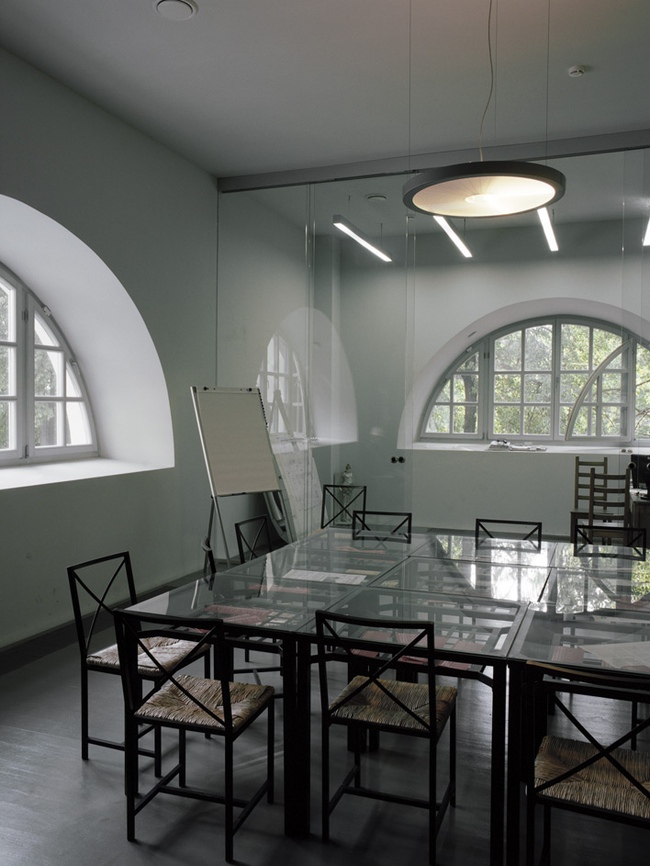
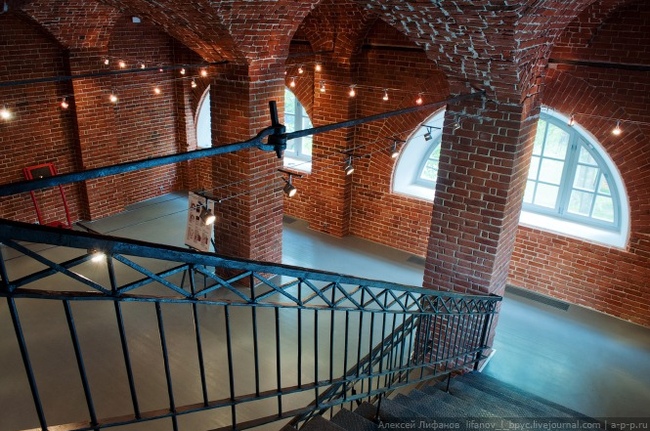
Photo by Aleksey Lifanov
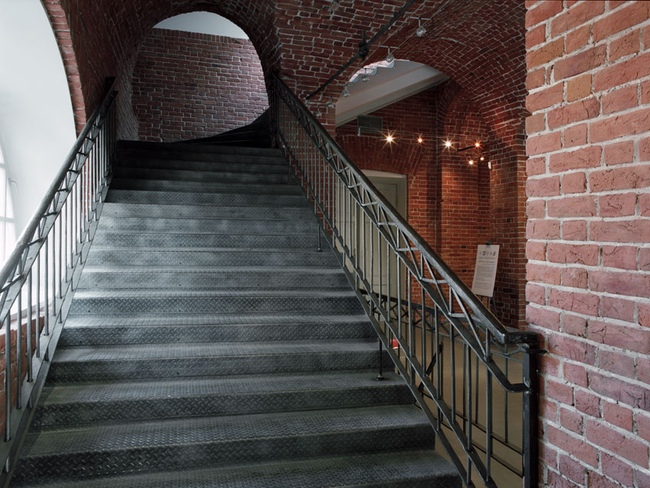
Photo courtesy by Asse Architects
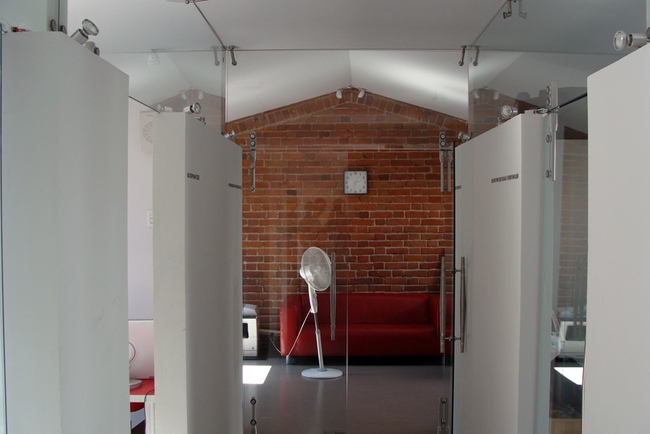
The mezzanine part after the reconstruction. Photo courtesy by Asse Architects
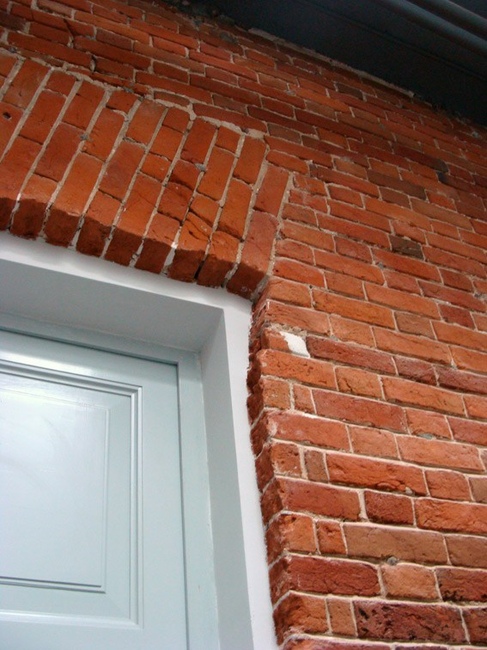
Masonry fragment. After the reconstruction. Photo courtesy by Asse Architects.
You got a
prestigious prize. And your project is already rather widely known, even though
only a third of the Arsenal is open to the general public. Do you have any
worries that at the next stages something may go wrong, or is it impossible?
Everything is possible. And we still need to do quite a lot. It is really important that the construction workers should not lose that "quality" momentum that they accumulated during the first stage.
There are also
issues that need to be solved. For example, at the second stage things are a
lot more complicated with the utility systems, and we are in for a whole lot of
work on the integration of all the utilities into the restore space. And some
problems, incidentally, are thrown in by that "unpredictable vis-à-vis"
- for example, recently while doing the excavation, we discovered that the
bases of the supporting pillars in the projection are a lot larger that we
initially thought they would be. So we have to change the layouts on the fly.
I also have a few
disappointments, some things that, regretfully, I have not been able to do. For
one, I was not able to convince the commissioner to let us install the ceiling
light in the central hall. This is a huge triple-height space with open wooden
girders under the roof. In the project, there were the lamps up there and this
space was to be filled with ambient light. Unfortunately, the client was
adamant, and now there will only be artificial light there. So far I do not
even know how to light this space to show it to its best.
The second stage will bring a lot of interesting things and space intrigues. If everything goes to plan (which we hope will be the case) then we are in for a lot of surprises. For example, in the office part of the building we made intermediate floors, and there will be the glazed mezzanines there. We expect the entrance group to also come out pretty interesting. And there are lots of various details that, the way we see it, will breathe new spirit into the building and will make it look up-to-date.
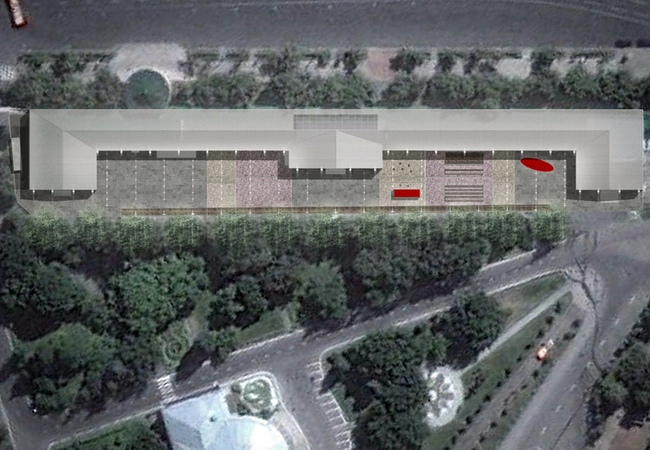
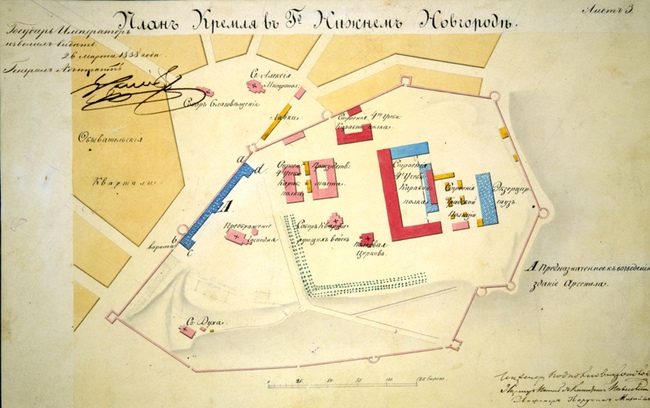
The plan of the Kremlin in Nizhny Novgorod in 1838. The Arsenal is marked in blue and is located along the Kremlin wall. Illustration courtesy ny Asse Architects.
Restoring an architectural monument and adjusting it to perform contemporary functions is a topical issue for many cities. Nizhny Novgorod is, of course, lucky with the monument and its new contents. This "Arsenal" story, however, seems to be dragging a bit too long.
I believe that
everything depends on the client's energy and his financial resources. For
example, there is a project very much like ours - the project of reconstructing
the Punta Fella Dogana customs office in
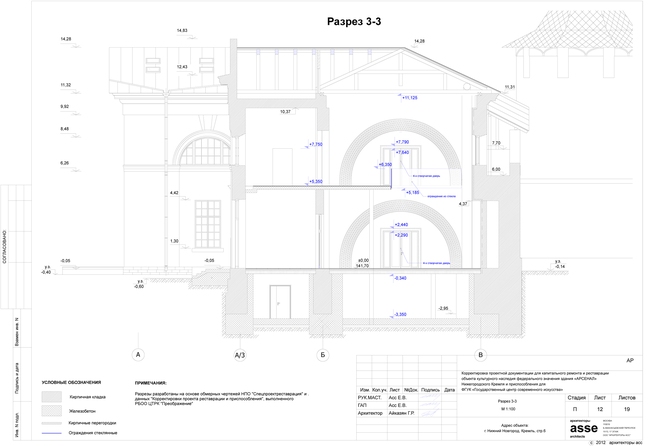
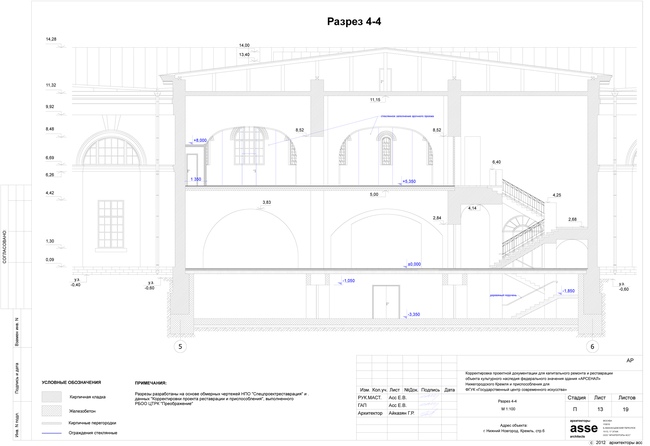
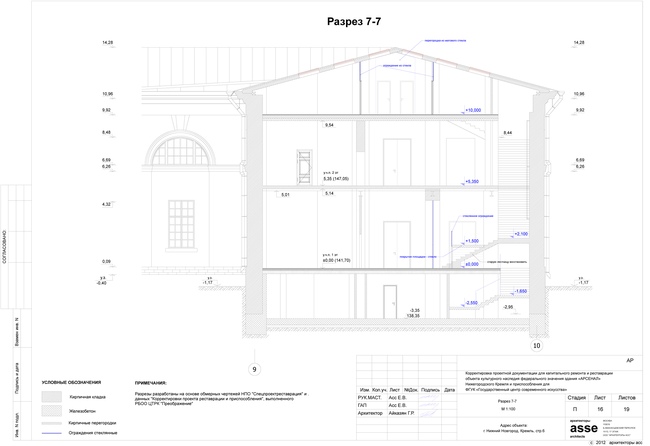
***
The architect and
renovator Alexander Epifanov thinks it lucky that the architectural monument of
federal importance adjusted to be the center of contemporary arts, has already
become a self-sufficient object for human perception. The facade painting is
restored in the original condition. Inside, all the contemporary elements are
deliberately set apart from the historical ones.
***
According to Anna
Gor, director of the Volga branch of
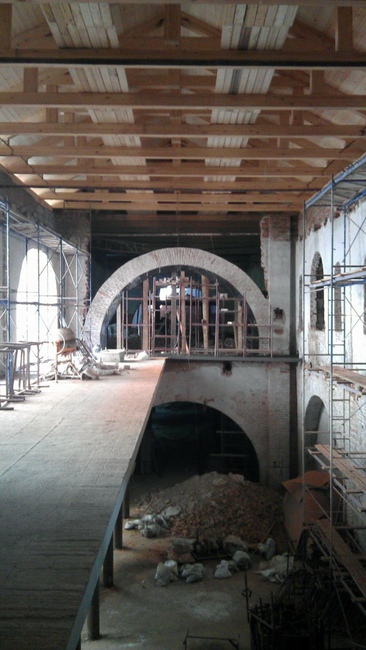
Construction in the central projection. Photo by Asse Architects
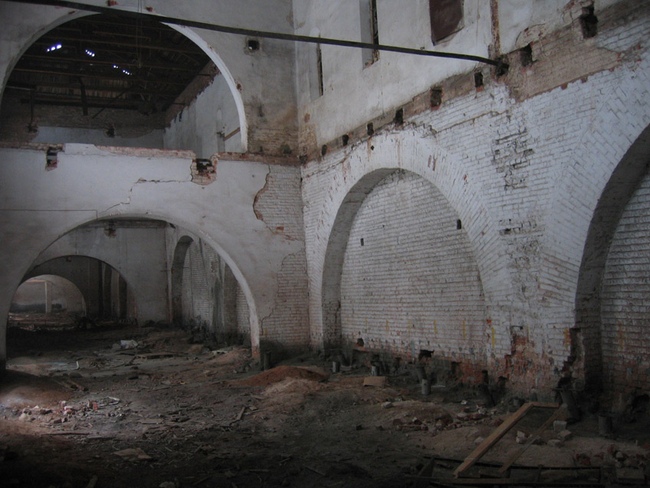
Preparation for the reconstruction. Photo courtesy by Asse Architects.
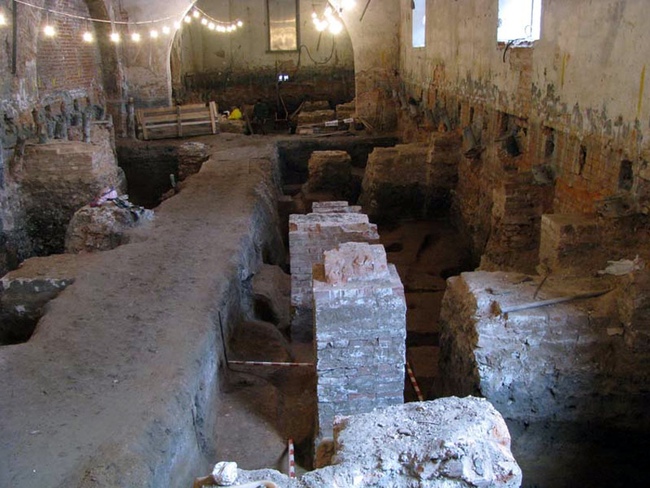
Overview as of 2008. Photo courtesy by Asse Architects

